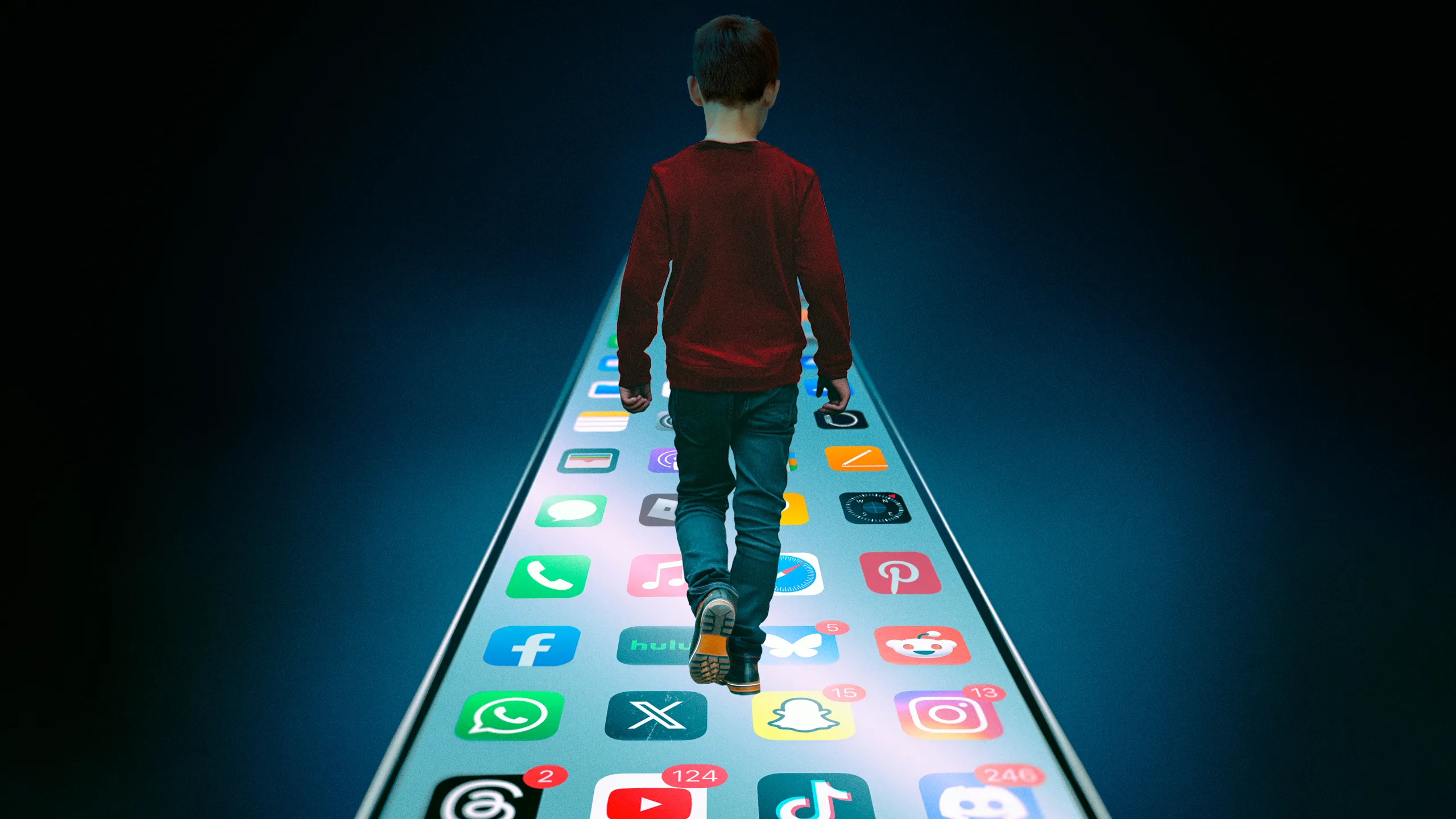New study reveals patterns of screen addiction tied to youth mental health decline
A recent analysis of adolescent behavior has found a concerning correlation between screen addiction and increased suicidal ideation and behaviors. The research tracked more than 4,000 children from ages 9 to 14, uncovering growing dependence on social media use, smartphones, and video games.
By age 14, one-third showed rising addiction to social platforms, while 25% were increasingly dependent on phones, and over 40% were highly attached to gaming. Researchers found that these teens were two to three times more likely to report suicidal thoughts or actions.
Large-scale data reveals concerning behaviors
The findings come from the ABCD Study, a nationwide project monitoring brain and cognitive development. Participants responded to assessments measuring behaviors like withdrawal symptoms, compulsive use, and emotional distress when separated from their devices.
Teen responses such as “I use social media to forget about my problems” or “I feel stressed when I can’t check my apps” were clear red flags of problematic usage.
Screen time alone isn’t the problem
Experts emphasize that total time spent on screens isn’t a direct risk factor. “Screen time” varies in its effects,” one psychologist noted. “A teen reading online articles is not the same as one doomscrolling violent content or avoiding real-life interaction.”
More telling are the signs of digital avoidance, such as preferring virtual communication or using screens to escape real-life stressors. These behaviors often overlap with depression and anxiety symptoms.
Warnings for parents and educators
Responses from middle schoolers also show that compulsive behaviors increase with age. By 12 or 13, a quarter of teens admitted they spend too much time planning their app use or feel unable to control it.
Clinicians recommend close monitoring of how, not just how much, teens engage with screens. The link between screen addiction and suicide risk calls for increased awareness, early mental health intervention, and proactive conversations at home and school.



